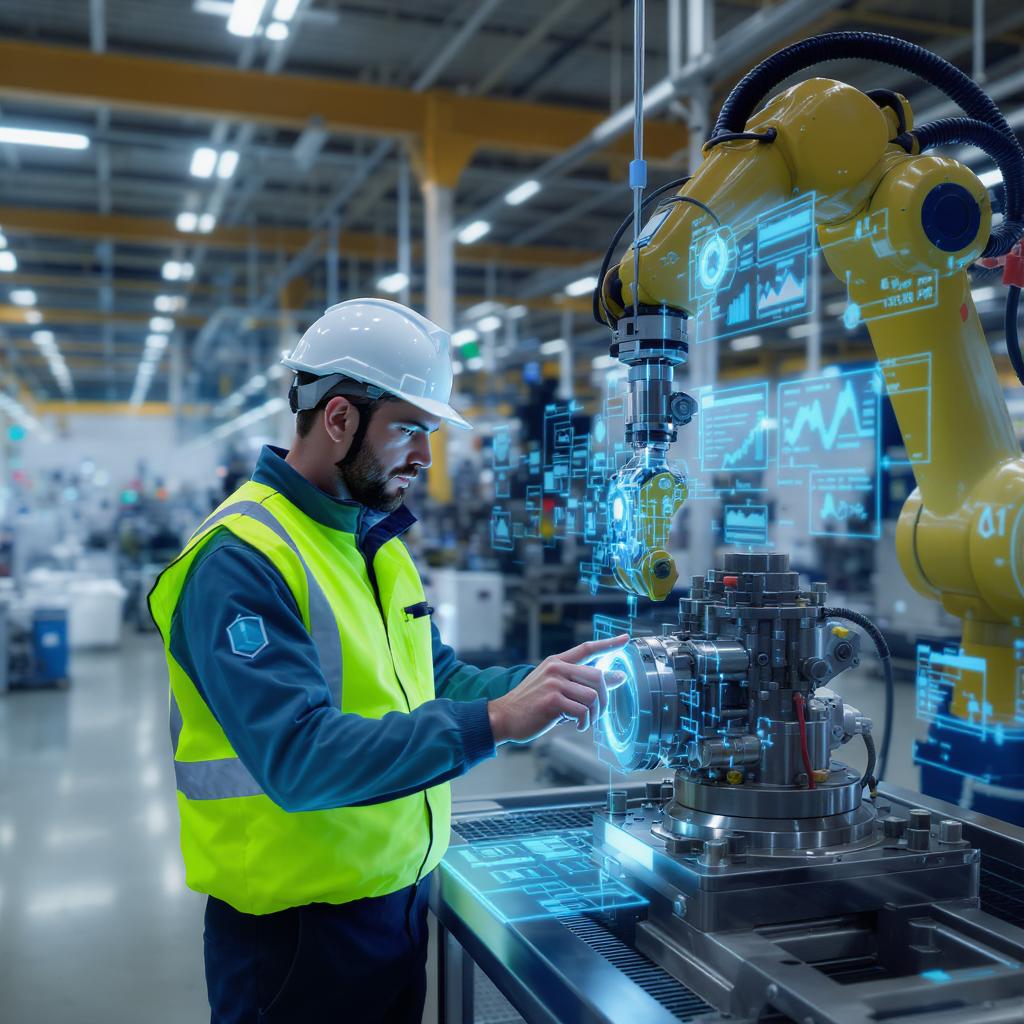
-
5/8/2025
Implementing AI in manufacturing drives immediate gains—boosting uptime, streamlining quality control and lowering costs across your shop floor.
Core benefits include:
- Reduced downtime: Predictive maintenance cuts unplanned outages by up to 40%, extending equipment life and trimming maintenance spend by 15–25%.
- Higher throughput: AI vision inspection raises line speed by 20% while slashing defect rates by nearly 20%.
- Cost savings: Energy analytics lower consumption by 15% and inventory optimization reduces holding fees by 30%.
- Safer operations: Cobots alongside trained operators drop incident rates by over 50% and boost line efficiency by 20%.
To succeed, start with a focused pilot. Integrate sensors or cameras on a single machine, set clear KPIs and use ETL tools to unify data. Empower cross-functional squads with hands-on workshops and agile trials. Document results in vendor white papers and peer-reviewed studies to guide scale-up.
Long-term success hinges on:
- Data readiness: Map sources, normalize inputs and manage metadata to feed accurate models.
- Change management: Secure executive sponsorship, assign ownership and build AI literacy through role-based training.
- Continuous improvement: Use real-time dashboards and feedback loops to refine models and workflows.
By presenting quick wins and following a structured roadmap, you can transform smart systems from isolated experiments into integral parts of daily operations—unlocking new levels of efficiency, quality and innovation on your shop floor.
